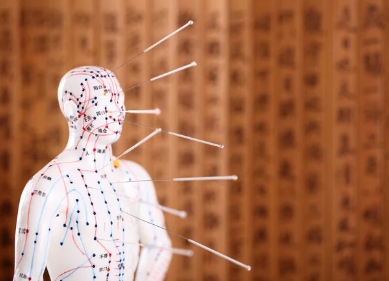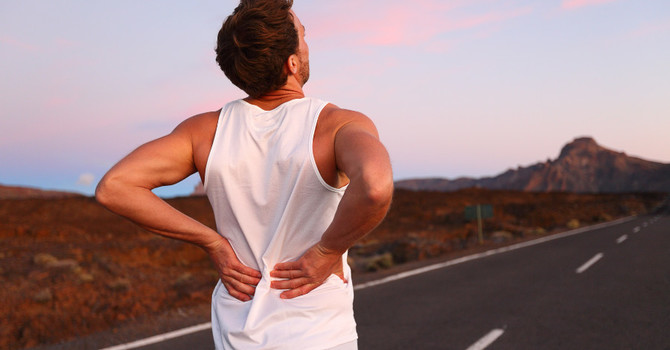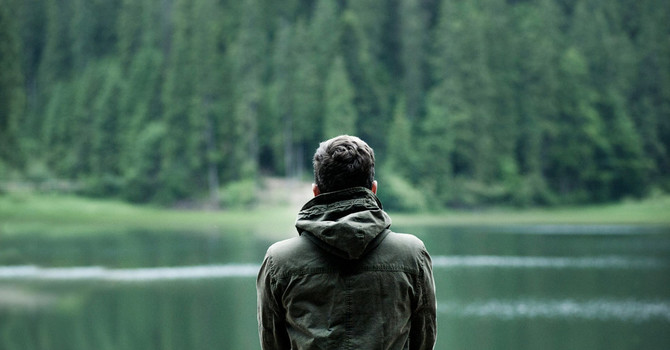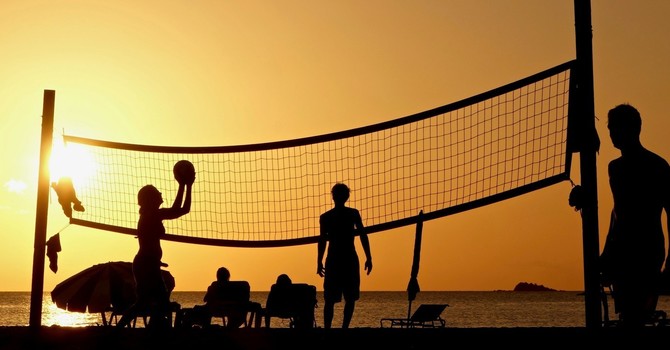
“A journey of a thousand miles begins with a single step.” – Lao Tzu
If you are new to Traditional Chinese Medicine Acupuncture and thinking about taking the first step towards improving your health and wellbeing, we’ll walk you through what you need to know for your first session.
Comprehensive Health Assessment and Initial Treatment
1. Health Assessment
Your Acupuncturist will spend time getting to know you and your health concerns, and inquire about the following:
- Current Conditions
- Medications and Supplements
- Past Medical History
- Family Medical History
- Appetite, Diet and Digestion
- Energy, Sleep, Stress, Mood and Exercise
- Urination and Bowel Movements
- Menstruation
- Treatment Goals and Expectations
2. Examinations
Your Acupuncturist will conduct the following Traditional Chinese Medicine diagnostics:
Observations: Your body, movements, demeanour, complexion and vitality.
Palpation: Different parts of your body and acupuncture points.
Tongue: A visual inspection of the colour, shape, coating and moisture.
Pulse: Checked for its rate, depth, strength and quality.
3. Traditional Chinese Medicine Diagnosis
Your Acupuncturist will explain your health concerns and diagnosis from a Traditional Chinese Medicine perspective.
4. Treatment Plan
Your Acupuncturist will recommend a course of treatments to address your health concerns and goals. The number of treatments will depend on your condition. Chronic conditions generally require more treatments than acute conditions. Treatments will be customized based on your diagnosis and individual constitution.
5. Initial Acupuncture Treatment
Very thin, disposable, sterile needles will be inserted into your skin at specific points along your body to promote and restore your body’s balance of energy. The needles are left in for 20-30 minutes and most clients become relaxed and fall asleep during this time.
Depending on your condition, your treatment may also include the following Traditional Chinese Medicine therapies to help increase the flow of energy:
Cupping: Placement of glass or silicone cups against the skin creating a suction.
Tuina: Chinese-style of massage using manual stimulation of acupuncture points.
Moxibustion: Burning of mugwart herb above acupuncture points or parts of your body.
Gua Sha: Scraping technique using a tool against the skin.
Come Prepared
1. Wear Loose-Fitting Clothing
To access various acupuncture points on your body, wear clothing that can be easily rolled up or maneuvered.
2. Eat 2 Hours Before Your Session
Acupuncture can be very stimulating, and having enough energy in your body will help avoid feeling lightheaded or dizzy during or after the treatment.
Have Questions?
Our Registered Acupuncturist, Aimee Leung, offers Complimentary 15-Minute Acupuncture Consultations. Book a Consultation to find out more information.



